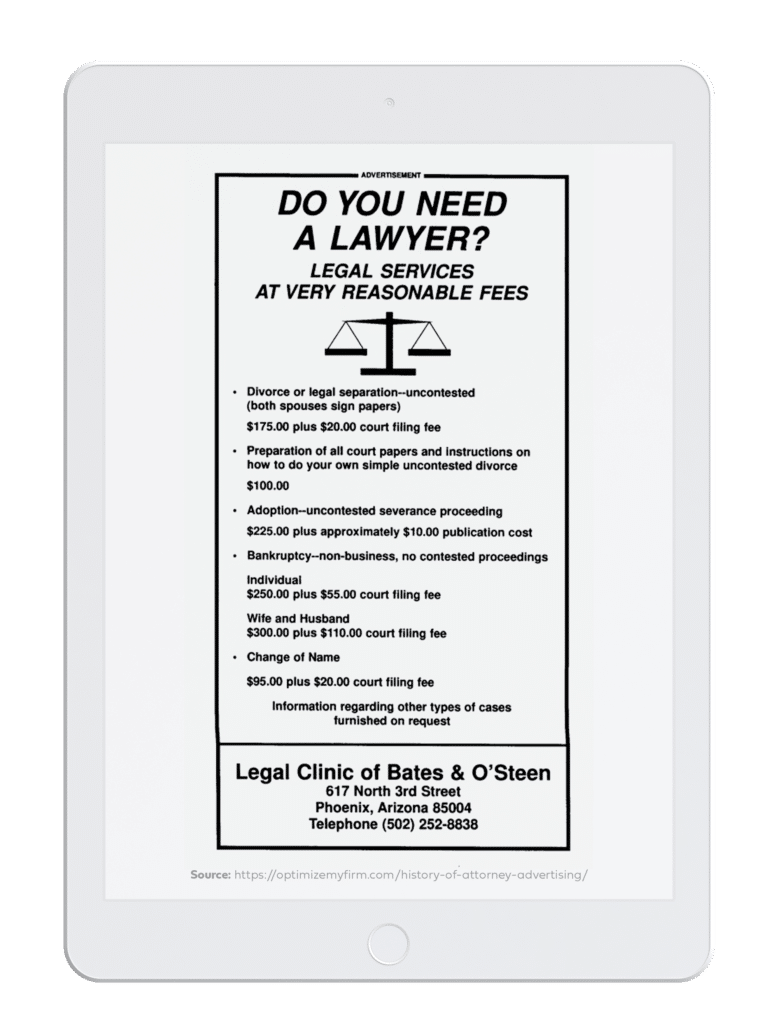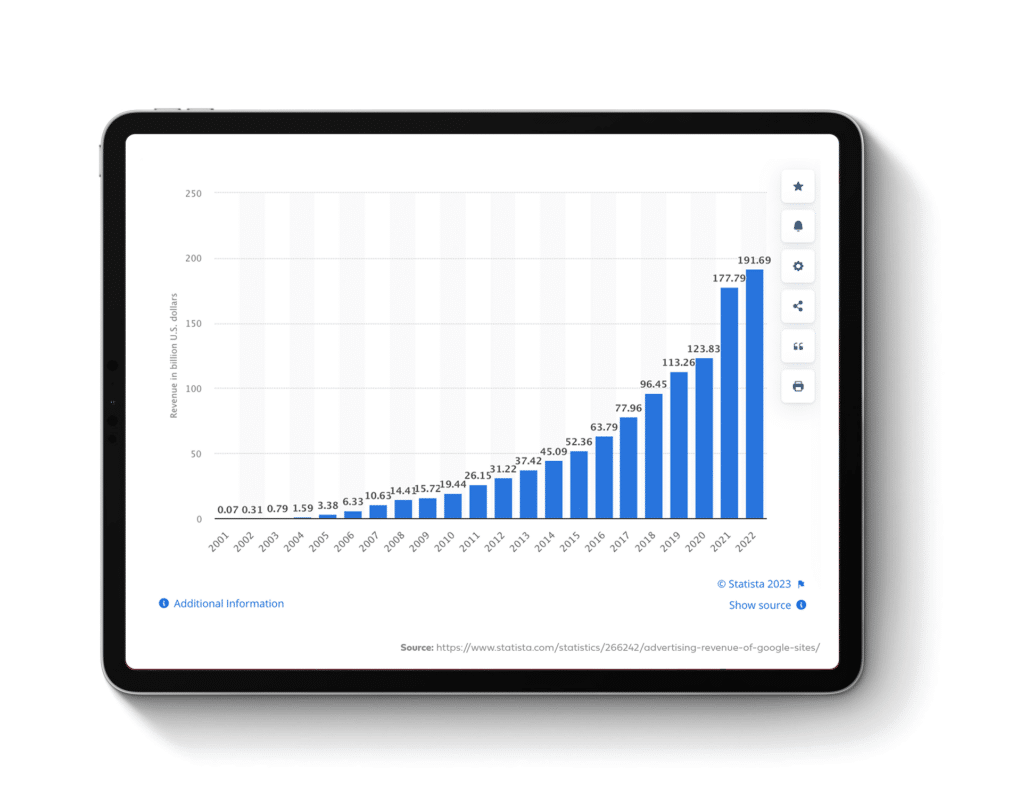Are you looking for a way to boost your online presence and get noticed by potential clients and peers in your industry? Look no further than LinkedIn!Did you know that a whopping 87% of law firms with a social media presence are leveraging the power of LinkedIn to market their practices? That means that you have a golden opportunity to connect with like-minded professionals, share your expertise, and showcase your unique brand to a wider audience.
Let’s be real, it feels like the legal market is crowded. While that may or may not be the case depending on your legal jurisdiction, one thing’s for sure: your law firm needs to connect with potential clients and industry peers, establish your authority, and showcase your unique brand.
How can you do that?
There are many types of collaborations, from team collaborations to community collaborations. But one critical type when it comes to your socials is social media network collaboration. In this blog post, we will explore the concept of social media collaboration, its benefits, and best practices for law firms to get started and succeed.
Social Media Collaboration for Law Firms: What It Is & Why It Matters
Social media collaboration for law firms is a powerful strategy that involves partnering with other legal professionals, firms or influencers to create engaging content, expand the reach and drive more traffic to their social media platforms.
It’s like a symphony orchestra, where individual musicians come together to create a masterpiece. Just as each instrument has its own unique sound and role to play, businesses can collaborate on social media to bring their own strengths and expertise to the table. By harmonizing their efforts, they can create a cohesive and memorable brand experience for their audience.
But, is joining forces really just about that? There’s more to it than meets the eye, so let’s start with a fact.
Today, it’s proven that the average user (AKA your potential client), bounces between around 7 different social networks per month. Take a look:
While diversifying your digital assets is great, if you’re looking to take it up to the next level it’s best to collaborate. By doing so you’re also:
- Increasing Visibility: Collaborating with other legal professionals, firms and legal professionals can increase your firm’s online visibility by tapping into their networks and audience.
- Expanding Reach: If you think about it, it’s all connected. By extending your reach you can help your firm cast a wider net and capture the attention of a broader audience. Perhaps you’ll reach an audience in need of your legal services that you might’ve never thought of before!
- Enhancing Credibility: By collaborating with other legal professionals, you’re also solidifying your reputation and earning the trust of other professionals and prospects.
- Boosting Engagement: Social media collaboration encourages more engagement from followers. It can create a (positive) domino effect and ultimately spark even more discussions and interactions.
- Gathering Deeper Insights: In the end, there is always something new we can learn from others. By collaborating on social media you’re not only gathering expert insight from others, you’re also revealing valuable insights and information about your target audience and industry that perhaps you might’ve missed!
The Art of Collaborating With Legal Professionals: Proven Tactics
Below you can find some creative strategies to work better together with others in the legal industry:
-
Choose the Type of Collaboration
Who do you want to be associated with? When it comes to first impressions, you don’t get a second chance. If you’re looking to make an ever-lasting first impression with a new audience and a new company, you’ll need to define a few critical items related to the type of collaboration. This includes:
- Identify Compatible Partners:
-
- Look for collaborators who share your target audience, practice area, or values, and have a strong social media presence (or at least looking to actively boost their presence). Ensure the partnership aligns with your firm’s goals and brand image. For example, law firms looking to cross-collaborate on a video should look into the trailblazers behind #LawyerTikTok
- Determine Collaborative Content and Format:
Looking for more inspiration?
-
Assess Potential Benefits and Risks
Evaluating the advantages of a social media collaboration and the potential risks of each collaboration type is key to ensuring success.
Besides looking at potentials, we want to help protect your firm’s reputation which is why you should assess risks related to:
- Reputational risk: Does this person have a questionable reputation? Conduct thorough research to know who you’ll be linking your name with.
- Misaligned messaging: Are there any potential inconsistencies behind the messaging? More on this in the following pointer!
- Intellectual property risks: Is this person using any copyrighted content? Could this lead to any potential legal disputes?
- Negative audience feedback: Does the content seem overly promotional or is it more authentic? How is the audience reacting to their content?
-
Develop a Framework: Where, When, and What to Post
- Where to Post:
-
-
- We recommend your firm starts with LinkedIn as it’s proven to be lucrative for legal professionals and professionals overall. However, you don’t have to limit yourself to one place.
- Identify the platforms most frequented by your target audience e.g. are younger audiences looking for your services? Perhaps you can diversify and add Instagram reels.
-
- When to Post:
- What to Post:
-
- Do you want to inspire others? Entertain? Understand? Motivate? At the end of the day, you set the tone and the pace. But, all in all, collaborative content should be valuable and address the needs and interests of your audience.
- To start with you can host a Q&A session, speak on a successful verdict, explain the billing procedures, and pretty much anything you deem necessary.
-
-
Disclose the Partnership
Above all, you need to embrace transparency. An essential aspect of social media collaborations is disclosing the nature of your partnership.
Clear and transparent disclosure not only fulfills legal requirements set by the Federal Trade Commission (FTC) and other global regulatory bodies, but it also cultivates trust between your law firm, your collaborator, and your audience.
To ethically disclose your partnership, keep these best practices in mind:
- Label Sponsored Posts: Ensure that users can quickly identify collaborative content by using appropriate labels, such as #ad or #sponsored, and platform-specific features like Instagram’s “Paid Partnership” tag.
- Integrate Disclosure into Content: Seamlessly incorporate disclosure statements into your collaboration, whether through written or verbal mentions in blog posts, videos, or captions. This approach reinforces your commitment to transparency without detracting from the content’s overall message.
- Prioritize Clarity and Consistency: Make it easy for your audience to recognize and appreciate your firm’s collaborative efforts.
Bonus Tip: Share Results and Data
Data is worth weight in gold and sharing it is a win-win. The beauty of digital marketing is its trackability. By sharing results, you’ll be able to identify areas of future opportunities and fine-tune your future strategies. This ensures both parties can optimize their efforts, enhance engagement and maximize the impact of their collaborative content.
Takeaway
To implement these best practices successfully, you’ll need to carefully plan, strategize, and weigh the pros and cons of a potential social media collaboration. Luckily, you don’t have to do it all alone.
If you’d like a helping hand with a social media partnership, assess the current state of your social media strategy and much more – we’ve got a team of experts ready to help.
The post Maximizing Your Law Firm’s Reach: The Power of Social Media Collaborations appeared first on Consultwebs.
from Consultwebs https://www.consultwebs.com/blog/maximizing-your-firms-reach-the-power-of-social-media
via https://www.consultwebs.com/





 You’re welcome.
You’re welcome. 

















